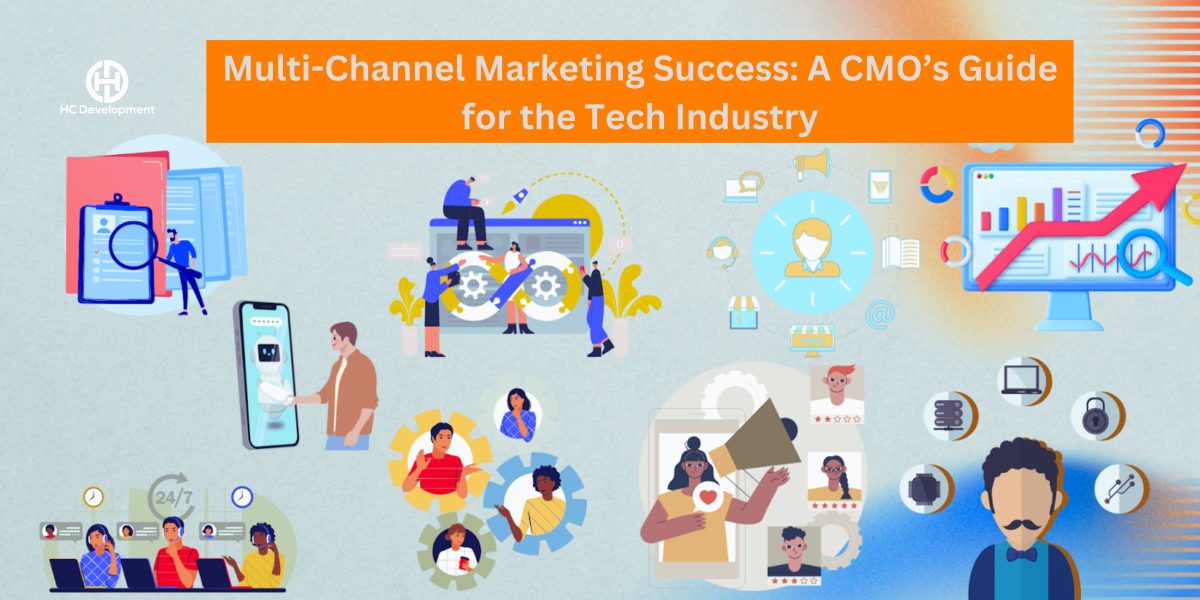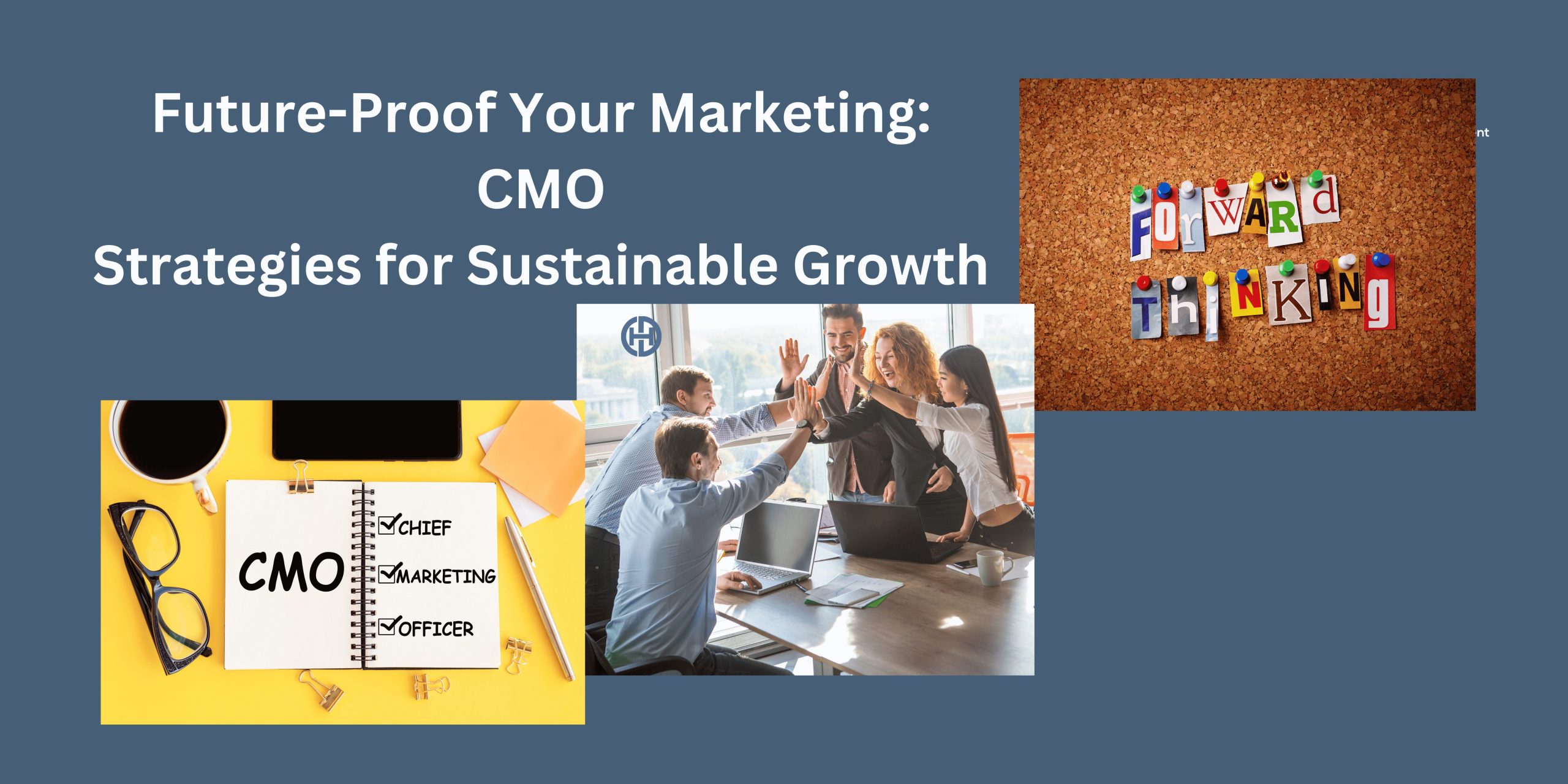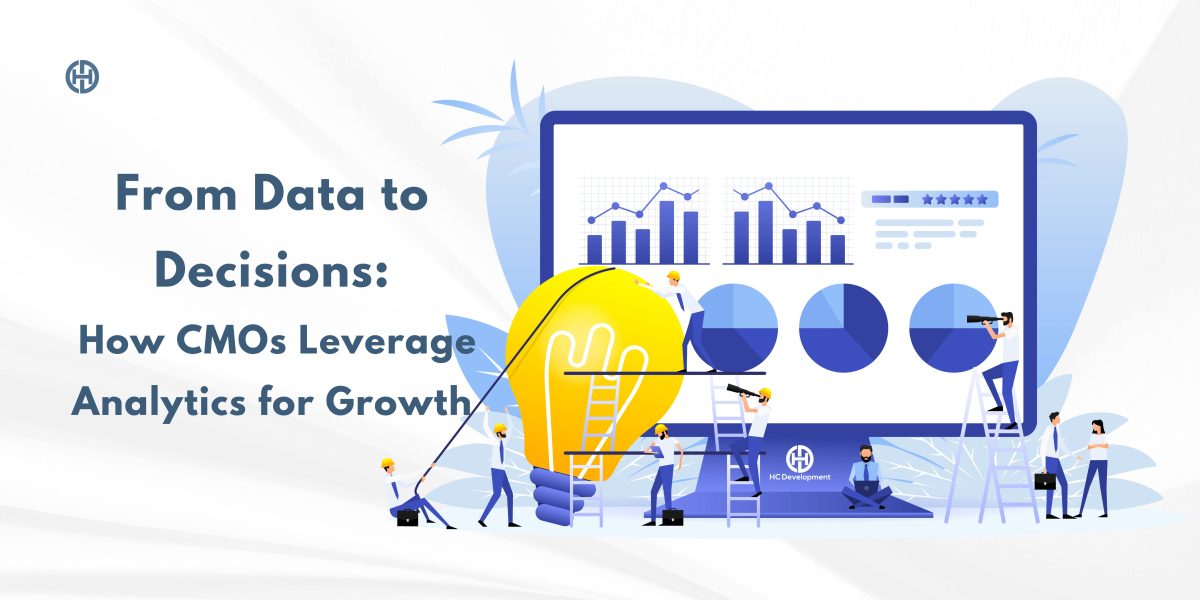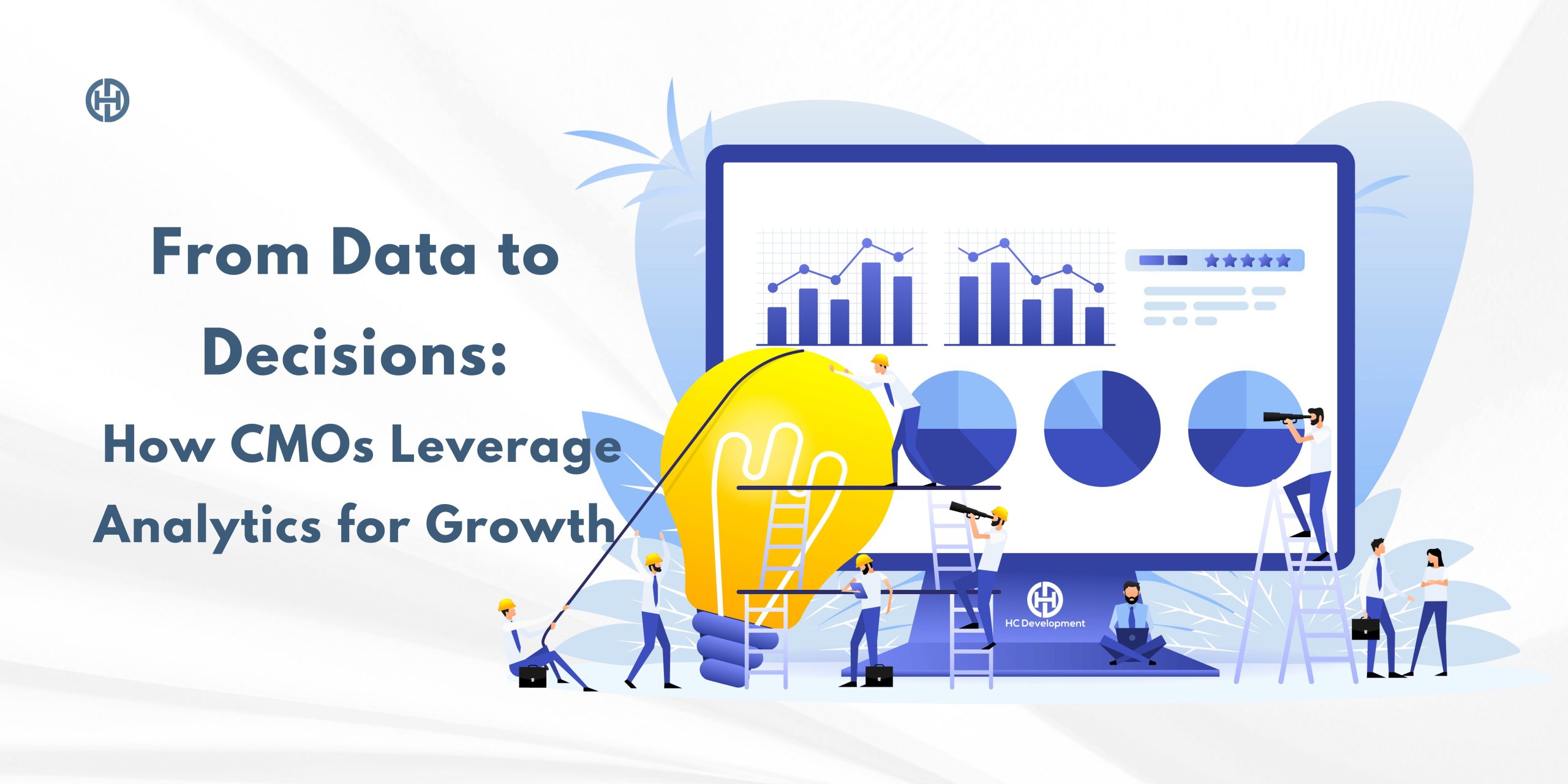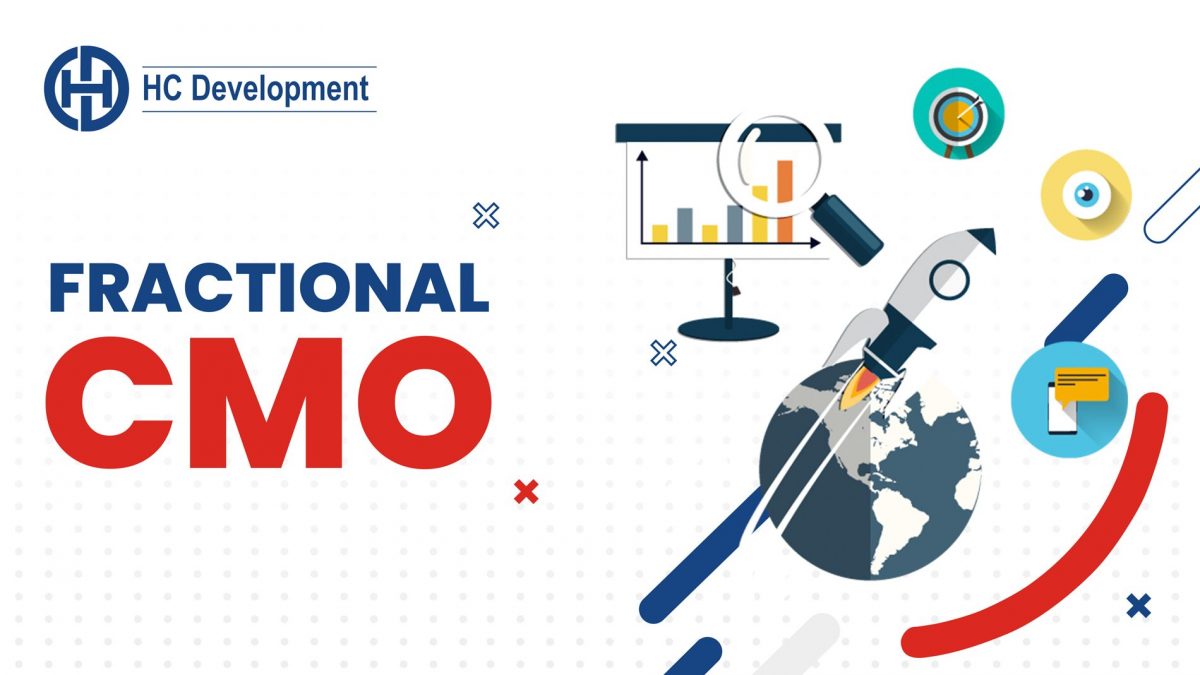Unlock Your Potential: Must-Have Real Estate Development Tools to Success in 2024
The real estate development industry is evolving rapidly, with new technologies and tools emerging to streamline processes and enhance efficiency. As we move into 2024, staying ahead in this competitive field requires more than just experience; it demands the integration of innovative tools that can help manage complex projects, improve decision-making, and maximize profitability. This article explores ten essential tools that every real estate developer should utilize to achieve success in 2024.
1. Project Management Software
The Backbone of Real Estate Development
Project management software is critical for managing the many facets of real estate development, from initial planning to final delivery. These tools offer a centralized platform for tracking progress, assigning tasks, and collaborating with team members, ensuring that projects stay on time and within budget.
Key Features:
Task Management: Assign, track, and manage tasks efficiently.
Gantt Charts: Visualize timelines and dependencies.
Budget Tracking: Monitor expenses and avoid budget overruns.
Collaboration Tools: Enhance communication among team members.
Top Picks for 2024:
Procore: Comprehensive construction management features.
Asana: Customizable workflows for team collaboration.
Monday.com: Versatile platform for project tracking and management.
2. Building Information Modeling (BIM) Software
Revolutionizing Design and Construction
Building Information Modeling (BIM) software has transformed the way developers approach the design and construction of buildings. By creating detailed digital representations of physical structures, BIM allows for better visualization, coordination, and decision-making.
Key Features:
3D Modeling: Create accurate digital models.
Clash Detection: Identify design conflicts before construction.
Cost Estimation: Integrate cost data for real-time budget tracking.
Lifecycle Management: Oversee the project from design to demolition.
Top Picks for 2024:
Autodesk Revit: Industry-leading BIM software.
ArchiCAD: User-friendly interface with powerful design capabilities.
Bentley Systems: Advanced tools for infrastructure projects.
3. Market Analysis Tools
Data-Driven Decision Making
Market analysis tools provide developers with critical insights into real estate trends, property values, and investment opportunities. These tools allow developers to make informed decisions based on current market data, ensuring that projects are aligned with demand.
Key Features:
Data Aggregation: Obtain extensive information from several sources.
Predictive Analytics: AI is used in predictive analytics to predict market trends.
Heat Maps: Visualize high-demand areas.
Comparable Sales Data: Analyze recent sales to inform pricing.
Top Picks for 2024:
CoStar: Comprehensive commercial real estate data.
Zillow Premier Agent: Residential market insights.
Redfin: Detailed property value and market trend analysis.
4. Financial Modeling Software
Ensuring Financial Viability
Financial modeling software is essential for evaluating the financial feasibility of real estate projects. These tools help developers create detailed financial forecasts, assess risks, and determine the best financing strategies.
Key Features:
Cash Flow Analysis: Project cash flows over the lifecycle of the development.
Sensitivity Analysis: Assess the impact of variable changes.
Scenario Planning: Model different financial scenarios.
Integration with Excel: For advanced financial calculations.
Top Picks for 2024:
ARGUS Enterprise: The industry standard for financial modeling of commercial real estate is ARGUS Enterprise.
Pro Forma Software: User-friendly and powerful financial analysis.
RealPage: Comprehensive tools for financial planning and analysis.
5. Customer Relationship Management (CRM) Software
Enhancing Client Relationships
CRM software is vital for managing relationships with clients, investors, and other stakeholders. Throughout the course of a project, these technologies assist developers in managing leads, keeping tabs on communications, and fostering solid partnerships.
Key Features:
Lead Management: Track and manage leads from the point of contact to the point of closure.
Contact Management: Organize and access contact information easily.
Email Marketing Integration: Automate communication with clients.
Analytics: Monitor client interactions and optimize engagement strategies.
Top Picks for 2024:
Salesforce: Robust CRM with customizable features.
HubSpot: User-friendly with integrated marketing tools.
Zoho CRM: Scalable and reasonably priced for expanding developers.
6. Virtual Reality (VR) and Augmented Reality (AR) Tools
Bringing Projects to Life
VR and AR tools are increasingly being used in real estate development to provide immersive experiences for clients and stakeholders. These technologies allow users to explore and interact with digital models of properties before they are built.
Key Features:
Virtual Tours: Create immersive virtual property tours.
Interactive Models: Models that let users interact with the architecture are called interactive models.
Remote Collaboration: Facilitate collaboration among geographically dispersed teams.
Sales Tool: Enhance presentations and close deals faster.
Top Picks for 2024:
Matterport: Leading VR platform for real estate.
IrisVR: Powerful tools for immersive design visualization.
HoloBuilder: AR platform for construction project management.
7. Document Management Systems (DMS)
Streamlining Documentation
Document management systems are essential for organizing and storing the vast amounts of paperwork involved in real estate development. These tools ensure that important documents are easily accessible and secure.
Key Features:
Version Control: Monitor document modifications over time.
Secure Storage: Protect sensitive information with encryption.
Collaboration: Permit several people to view and modify the same document.
Search Functionality: Quickly find documents using keywords.
Top Picks for 2024:
DocuSign: Leading platform for electronic signatures and document management.
Box: Secure cloud storage with collaboration features.
M-Files: Intelligent information management with AI-powered search.
8. Drone Technology
Aerial Insights for Better Decision-Making
Drones have become a valuable tool in real estate development, providing aerial views of construction sites, surveying land, and monitoring progress. Drones offer developers unique insights that can improve decision-making and project outcomes.
Key Features:
Aerial Photography: Capture high-resolution images of properties and sites.
Surveying: Conduct accurate land surveys and topographical mapping.
Progress Monitoring: Track construction progress in real-time.
Inspection: Inspect hard-to-reach areas safely and efficiently.
Top Picks for 2024:
DJI Phantom 4 RTK: High-precision mapping and surveying.
Parrot Anafi USA: Designed for professional use with thermal imaging.
Yuneec H520E: Hexacopter with advanced surveying capabilities.
9. Environmental Impact Assessment (EIA) Tools
Ensuring Sustainable Development
Environmental impact assessment tools help developers evaluate the potential environmental consequences of their projects. These tools are crucial for ensuring compliance with regulations and minimizing the environmental footprint of developments.
Key Features:
Impact Prediction: Assess the potential environmental effects of projects.
Mitigation Planning: Develop strategies to mitigate negative impacts.
Compliance Tracking: Ensure adherence to environmental regulations.
Reporting: Generate comprehensive EIA reports for stakeholders.
Top Picks for 2024:
Envirosuite: Real-time environmental monitoring and impact assessment.
Esri ArcGIS: Advanced spatial analysis and environmental modeling.
SimaPro: Life cycle assessment software for sustainability analysis.
10. Machine learning (ML) and artificial intelligence (AI) Tools
The Future of Real Estate Development
AI and ML tools are transforming real estate development by automating processes, analyzing large datasets, and providing predictive insights. These technologies enable developers to make more informed decisions and optimize project outcomes.
Key Features:
Predictive Analytics: Forecast market trends and property values.
Automation: Reduce human mistake by automating repetitive operations.
Data Analysis: To improve decision-making, examine huge datasets.
Risk Management: Risk management involves determining possible hazards and creating plans to reduce them.
Top Picks for 2024:
TensorFlow: Open-source machine learning framework.
IBM Watson: AI platform with advanced data analytics capabilities.
H2O.ai: Open-source AI platform for predictive modeling.
Conclusion
The real estate development industry in 2024 is more dynamic than ever, and success requires leveraging the right tools. From project management software to AI-driven analytics, these ten essential tools will help developers stay competitive, streamline their operations, and achieve their goals. Being aware of the latest developments in technology and being flexible will be essential for prospering in this dynamic environment.
To know more about Business Growth and Strategy Click Here
Subscribe : Youtube



